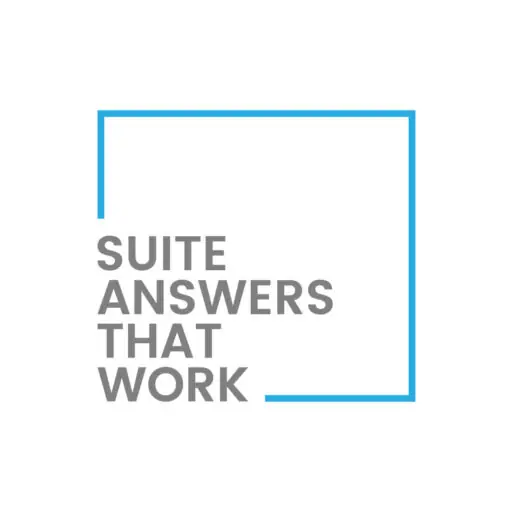Introduction:
Implementing a secure, role-based NetSuite environment begins with configuring access that aligns a user’s permissions with their business responsibilities. One of the first steps in this process is selecting an appropriate standard role to serve as the base template for your organization’s customized user roles. NetSuite provides a comprehensive set of predefined standard roles designed to reflect common organizational functions across accounting, operations, sales, and administration. Understanding the purpose and scope of each role helps ensure the custom roles maintain appropriate permissions, segregation of duties, and audit compliance.
NetSuite Standard Roles:
Standard roles are predefined sets of permissions that reflect typical, generic business responsibilities, such as Controller, Sales Administrator, Warehouse Manager, Purchasing Agent, and CEO. Each role is associated with a center type, which controls a user’s interface layout and available menus. Center types include the Classic Center, Sales Center, Warehouse Center, and Employee Center, each optimized for specific user groups.
When configuring access for users, the leading practice is to clone a standard role and modify it rather than creating a role from scratch. The cloned role inherits all associated permissions, dashboard layouts, and navigation settings of the standard role, just allowing system administrators to customize form, field, reporting, and other permissions specific to your organization.

Selecting the Right Base Role for Customization:
Choosing the correct base role depends on the user’s operational area. For example, accounting and finance professionals typically start with the Controller or Accountant role, which provides access to the general ledger, reporting tools, and period-end tasks. Operational staff managing fulfillment or inventory benefit from roles like Warehouse Manager or Production Manager, which are structured around the Warehouse Center layout. Executive roles such as CEO or CFO offer high-level visibility without edit rights to transactional records, ensuring secure oversight. For self-service functions like time tracking or expense submission, the Employee Center role is most suitable.
A full listing of standard NetSuite roles, their associated permissions, and center types is available in the official NetSuite documentation on standard roles. While the compare role functionality to view differences is useful, it can be overwhelming. Leveraging the information provided by NetSuite can streamline the process for new users.
Conclusion:
Selecting the appropriate standard role is a key first step in tailoring NetSuite access to business needs. Starting with a predefined role ensures alignment with leading practices, accelerates configuration, and establishes a secure, maintainable framework for user access. Whether supporting finance, operations, or executive teams, NetSuite standard roles provide a strong foundation for building custom user experiences across the platform.
About Us
We areNetSuite Solutions Providerswith 30+ years of combined experience. We specialize in implementation, optimization, integration, rapid project recovery & rescues, and custom development to meet any business need. Although every business is unique, serving over 40 NetSuite clients during the last 6 years our NetSuite Consulting team has most likely seen your challenge and created a similar solution. For more information on NetSuite solutions or questions about your project contact usHere.

